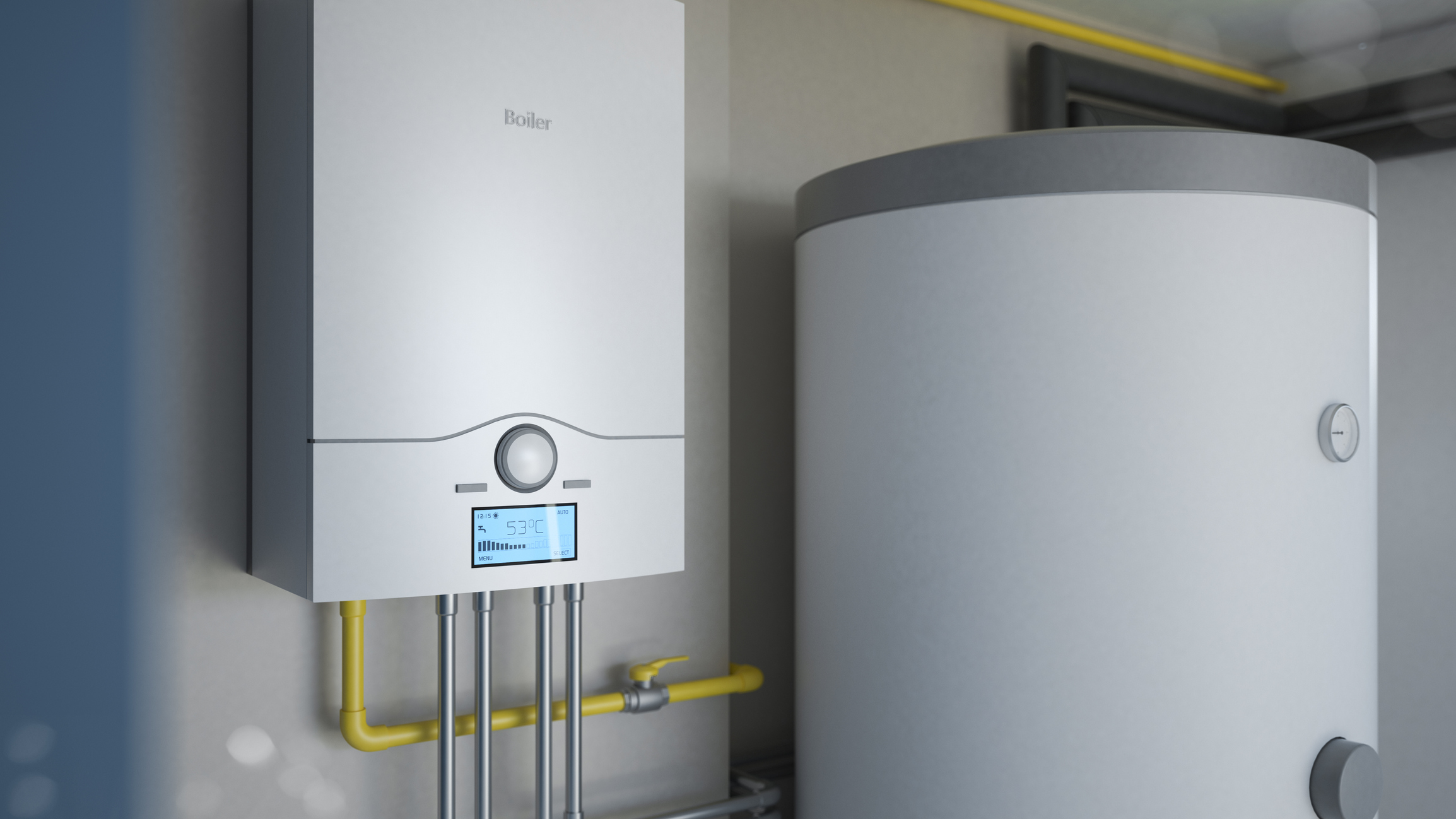What to Care for Your Home's Hot Water System EffectivelySpecialist Tips for Maintaining Your Home's Hot Water System
What to Care for Your Home's Hot Water System EffectivelySpecialist Tips for Maintaining Your Home's Hot Water System
Blog Article
The article in the next paragraphs involving Tips on Maintaining a Water Heater is relatively interesting. Have a go and draw your own personal final thoughts.

Hot water is necessary for everyday convenience, whether it's for a refreshing shower or washing meals. To guarantee your hot water system runs effectively and lasts much longer, regular maintenance is vital. This write-up offers useful ideas and understandings on how to preserve your home's hot water system to prevent disturbances and costly repair work.
Introduction
Keeping your home's warm water system might appear overwhelming, yet with a couple of straightforward steps, you can ensure it runs efficiently for years to find. This overview covers every little thing from recognizing your warm water system to DIY maintenance suggestions and recognizing when to employ specialist help.
Significance of Maintaining Your Warm Water System
Regular maintenance not only prolongs the life expectancy of your warm water system yet also ensures it operates effectively. Neglecting upkeep can lead to decreased performance, greater energy bills, and even early failing of the system.
Indicators Your Warm Water System Demands Upkeep
Recognizing when your hot water system requires interest can avoid major issues. Watch out for indications such as irregular water temperature level, odd sounds from the heating system, or corroded water.
Recognizing Your Warm Water System
Prior to diving right into upkeep jobs, it's practical to comprehend the basic components of your hot water system. Generally, this includes the water heater itself, pipes, anode poles, and temperature level controls.
Month-to-month Upkeep Tasks
Routine regular monthly checks can help catch minor concerns prior to they rise.
Purging the Water Heater
Purging your hot water heater eliminates sediment buildup, improving performance and lengthening its life.
Monitoring and Replacing Anode Rods
Anode rods stop rust inside the storage tank. Inspecting and changing them when worn out is critical.
Evaluating and Changing Temperature Settings
Readjusting the temperature level settings ensures optimum performance and safety.
Do It Yourself Tips for Upkeep
You can carry out several upkeep tasks yourself to maintain your warm water system in leading condition.
Checking for Leakages
Frequently evaluate pipelines and links for leakages, as these can bring about water damages and higher bills.
Checking Pressure Relief Valves
Checking the pressure relief valve ensures it operates correctly and stops excessive stress buildup.
Shielding Pipelines
Shielding warm water pipelines reduces heat loss and can save power.
When to Call an Expert
While DIY maintenance is valuable, some issues call for professional expertise.
Facility Problems Requiring Expert Assistance
Instances consist of significant leaks, electric problems, or if your water heater is continually underperforming.
Routine Specialist Upkeep Conveniences
Specialist upkeep can consist of extensive assessments, tune-ups, and guaranteeing compliance with security standards.
Conclusion
Normal upkeep of your home's hot water system is vital for efficiency, longevity, and expense financial savings. By adhering to these ideas and knowing when to look for professional help, you can guarantee a trustworthy supply of hot water without unforeseen interruptions.
How to Maintain an Instant Hot Water Heater
Before tinkering with your hot water heater, make sure that it’s not powered on. You also have to turn off the main circuit breaker and shut off the main gas line to prevent accidents. Also turn off the water valves connected to your unit to prevent water from flowing into and out of the appliance. 2. When you’re done, you have to detach the purge valves’ caps. These look like the letter “T” and are situated on either side of the water valves. Doing so will release any pressure that has accumulated inside the valves while at the same time avoid hot water from shooting out and burning your skin. 3. When the purge valves’ caps are removed, you have to connect your hosing lines to the valves. Your unit should have come with three hoses but if it didn’t, you can purchase these things from any hardware or home repair shops. You can also get them from retail stores that sell water heating systems. Read the user’s manual and follow it to complete this task properly. When the hosing lines are connected, open the purge port’s valves. 4. You should never use harsh chemical cleaners or solutions when cleaning your unit. Make use of white vinegar instead. It should be undiluted and you’ll probably use about 2 gallons. 5. Now flush your water heater. This task should probably take about 40 minutes. We can’t give you specific directions for this because the procedure is carried out depending on the type, model and brand of your heater. With that being said, refer to the user’s manual. 6. When you’re done draining the unit, you have to turn off the purge port valves again. Remove the hosing lines that you earlier installed on each of the water valves. Put the valve caps (purge port) back in their respective places and be very careful so as not to damage the rubber discs that are found inside these caps. 7. Now that everything’s back in place, check your user’s manual again to find out how to reactivate your water heating system. 8. Once it is working, turn one of your hot water faucets on just to let air pass through the heater’s water supply pipes. Leave the tap on until water flows smoothly out of it. https://www.orrplumbing.com/blog/2014/september/how-to-maintain-an-instant-hot-water-heater/

I stumbled upon that piece on Tips For Maintaining Your Hot Water Heater when doing a lookup on the web. Do you know about somebody who is occupied with the niche? Do not hesitate to promote it. Thank you for going through it.
Phone Report this page